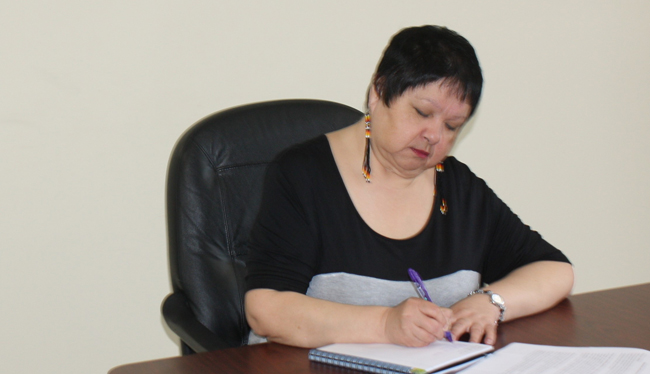Opinion: Water is a basic human right

By Chief Elaine Johnston
Water. Isn’t Water a basic human right? Canada as a G8 country has third world conditions with many First Nations without adequate drinking water and without adequate fire protection. Why is that? What is Canada’s obligation? What is the excuse? Who benefits from the numerous contracts that the government insists must be tendered out? The central problems lies within the impenetrable bureaucracy of Indigenous Affairs and its long established culture of red tape, departmental policies, standards, financial policies and lack of openness to new models.
Serpent River First Nation met about our water treatment plant with the Ontario Regional Director in August 2015, Assistant Deputy Minister in October 2015 and Minister of Indigenous Affairs in December 2015. In our meetings Serpent River First Nation expressed an interest in sharing our knowledge and expertise with other First Nations. We made a decision to enter into an agreement with Ontario hydro which resulted in cost savings to the project and we asked for that cost saving to be applied to our fire protection and we are advised that it can’t be done due to government policy as it is not a construction cost. We have not received a response from the Minister.
This past week we learned that nine lives were lost in a tragic house fire in Pikangikum First Nation. Very tragic! Our thoughts and prayers are with them. They have no infrastructure for safe drinking water or for fire protection. I heard a statistic today that First Nations are 10 time more likely to die in a fire. Why is that?
Serpent River First Nation first started looking at the issue of potable water in 1994 which is 21 years ago and started the capital planning process for the water treatment plant 11 years ago in 2004 with hydro geological and water treatability studies completed. We finally received approval in 2013 after numerous discussions and redrafts of our proposal. Chief and Council were adamant that our fire protection needed to be upgraded and fire hydrants needed to be installed as part of the development of our water treatment plan. There was nine years between the capital planning process and project approval. We were expecting to have the certificate of completion in November 2015 but our brand new water treatment plant is creating high THM’s (Trihalomethanes) over the Canadian guidelines for Canadian drinking water quality. THM’s can’t be boiled from the water. So we are on a journey of trying to fix the problem.
So here we are today, where the federal government is spending $141.7 million over five years to improve the monitoring and testing of on reserve community drinking water which is intended to help address the boil water advisories with $1.8 billion over 5 years to adequately maintain and operate water and wastewater facilities and $255 million over two years to support projects such as roads, energy systems, broadband, fire protection and physical infrastructure.
So what does this new relationship look like? Historic relationships, historic funds? How is the federal government going to implement many of their promises in 5 years with all the red tape? Don’t get me wrong, I am grateful that this government is finally giving money to First Nations for services that are long standing needs. I just hope that much of that money goes directly to the First Nation communities.


